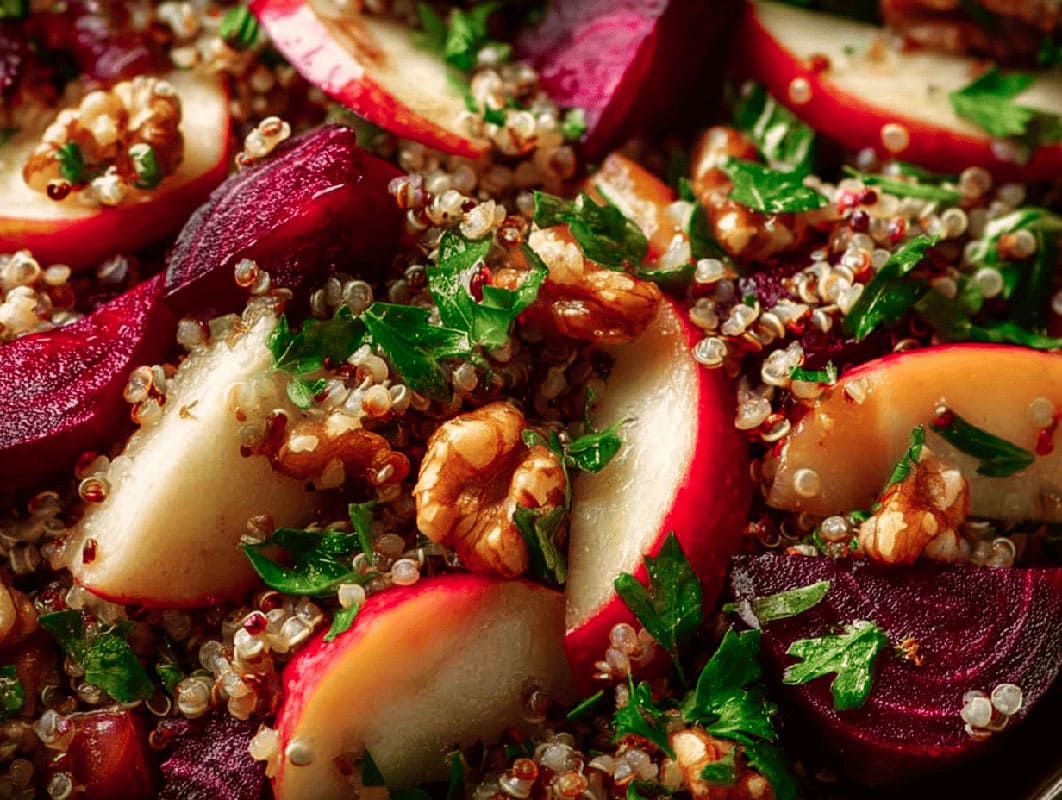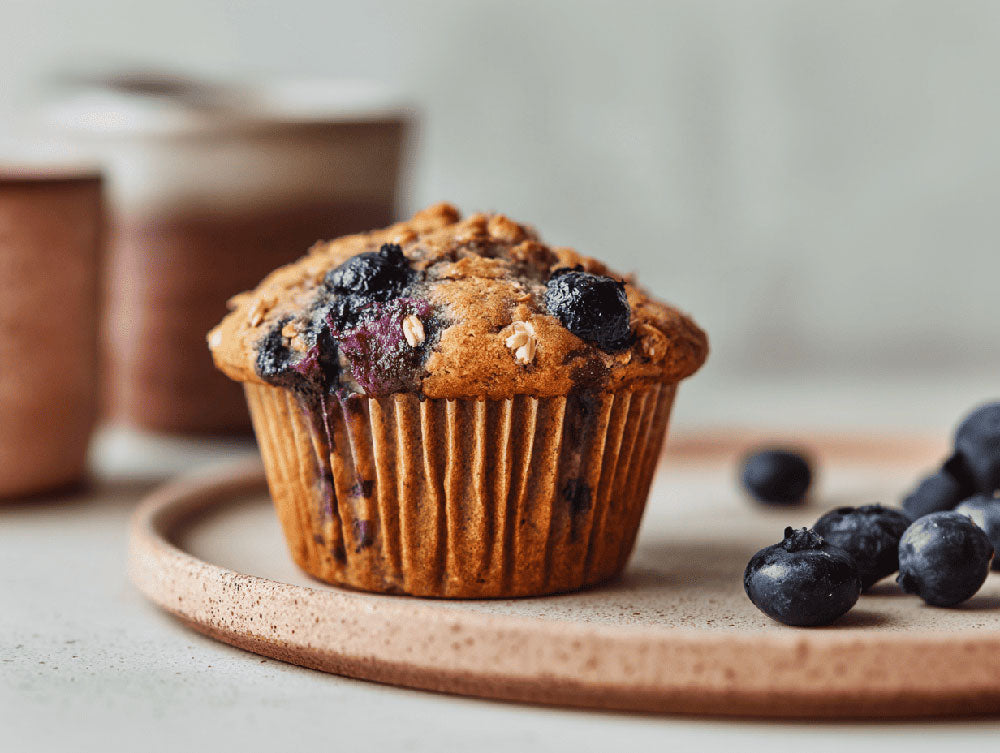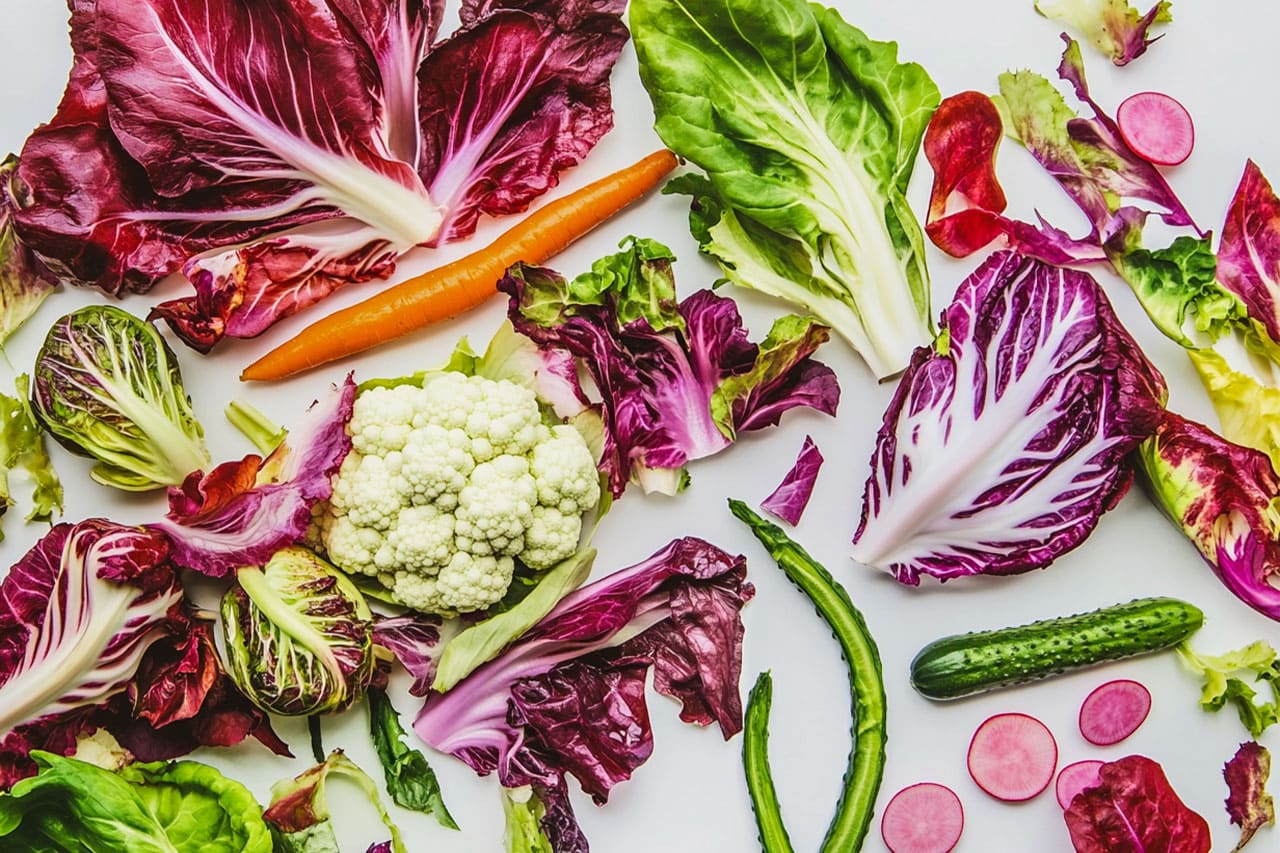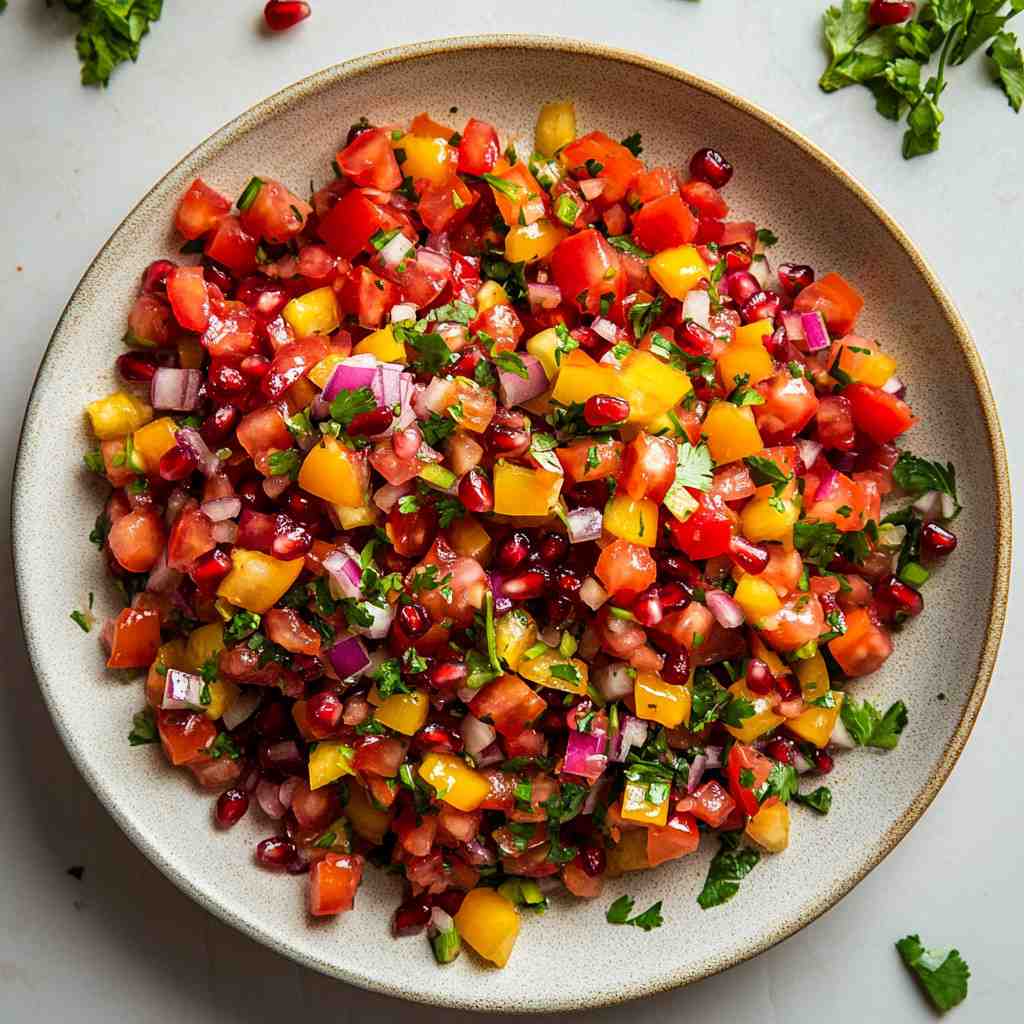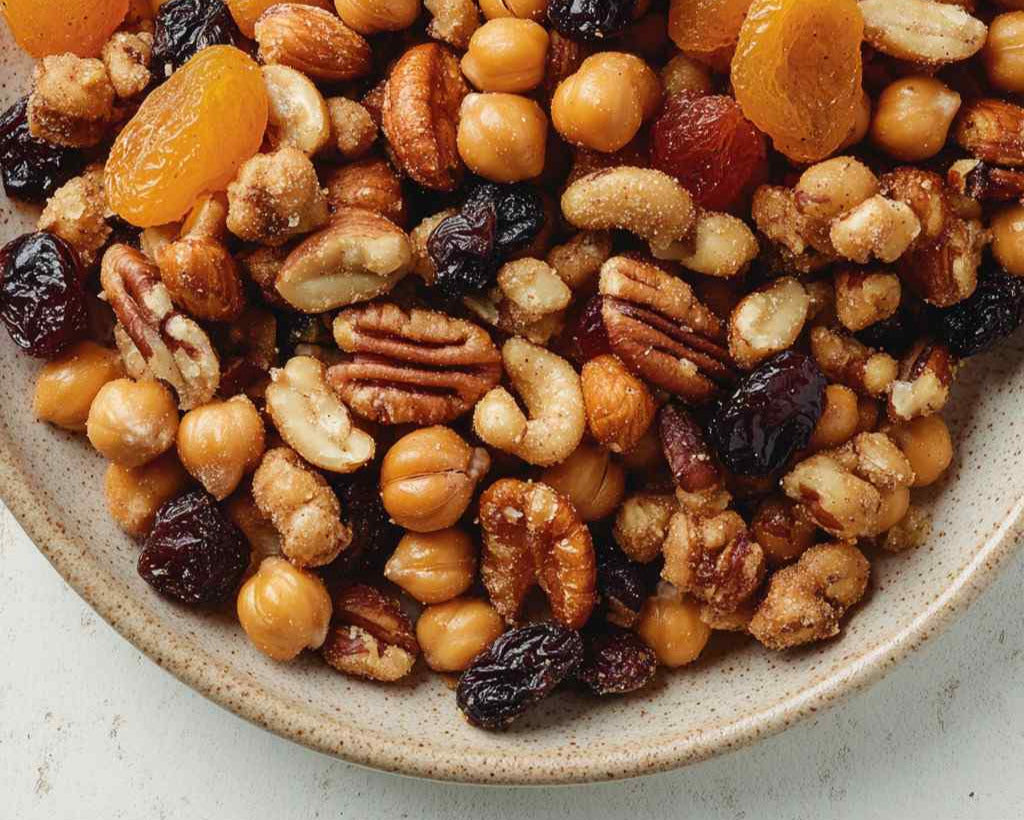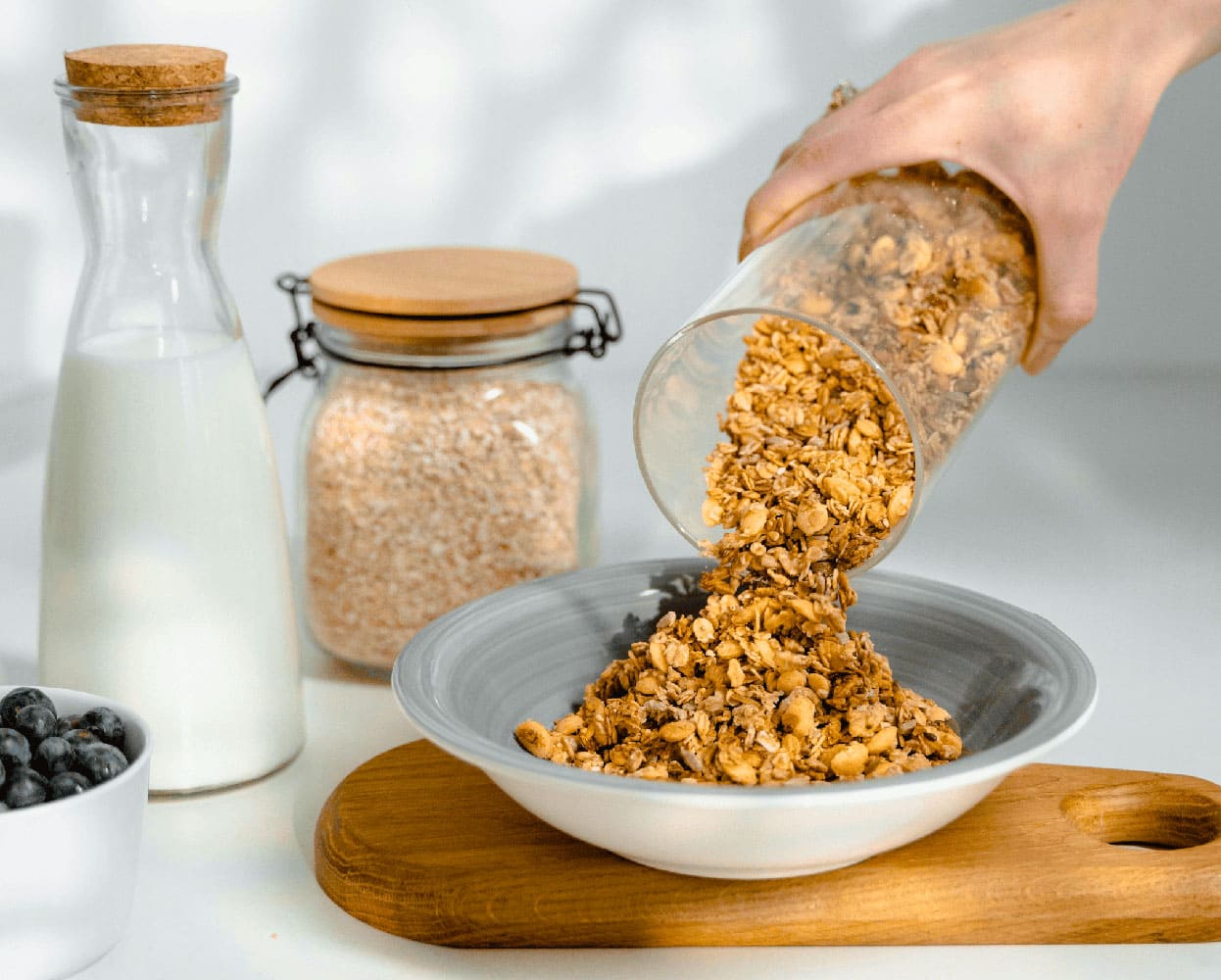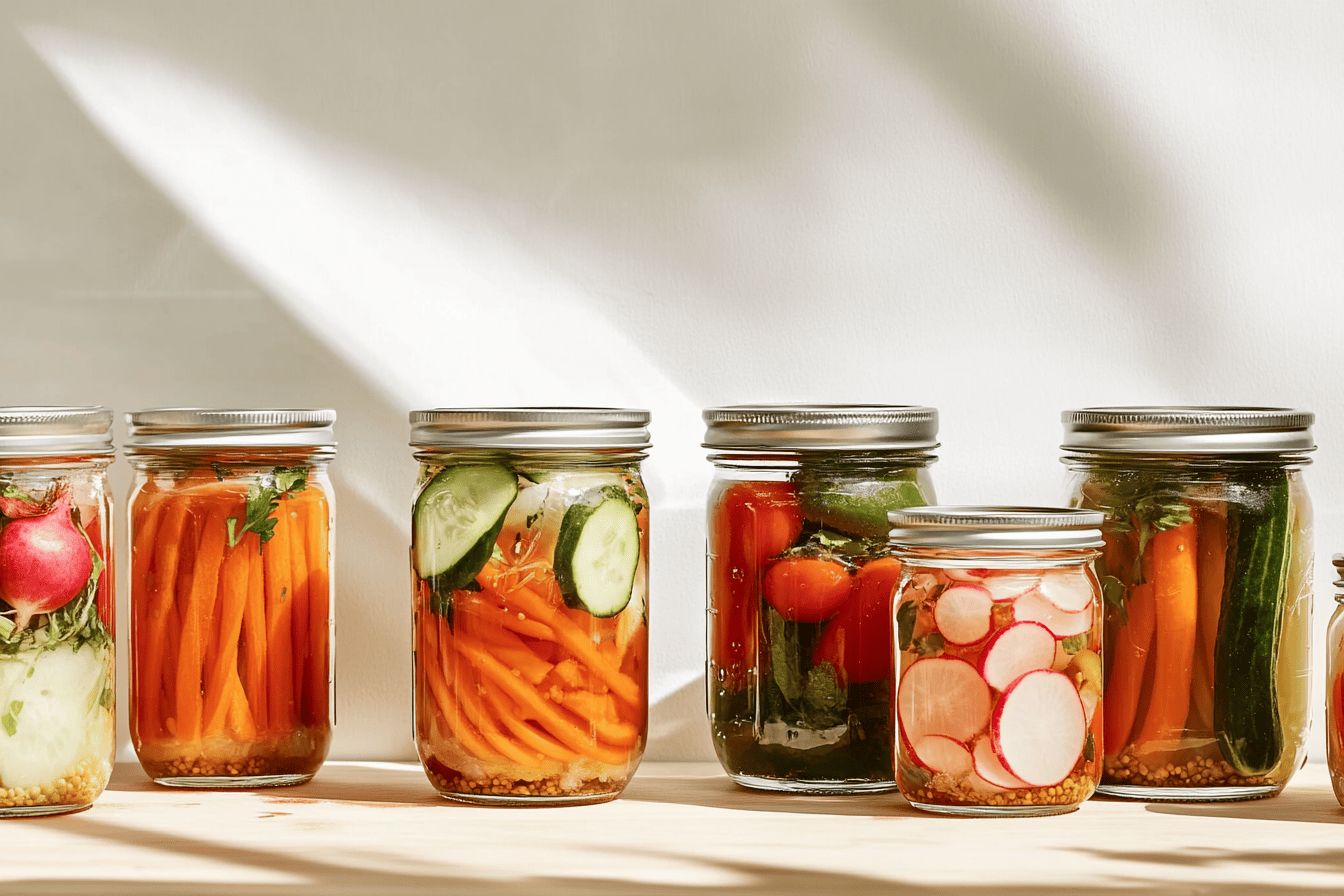Understanding picky eating: the role of genetics and taste buds
Genetics and Taste Preferences
Genetics play a significant role in determining a child's taste preferences. Specific genes affect how taste receptors on the tongue respond to different flavors. For instance, the TAS2R38 gene is associated with the ability to taste bitterness intensely¹. Children with a heightened sensitivity to bitterness may find vegetables like broccoli or Brussels sprouts unpalatable because these foods contain compounds that taste bitter to those who are genetically sensitive to them².
How Taste Buds Influence Food Preferences in Children
Taste buds play a crucial role in how children perceive food. Each taste bud contains taste receptor cells that respond to the five basic tastes: sweet, sour, salty, bitter, and umami. Children naturally prefer sweet tastes, which are often associated with energy-rich foods, and generally reject bitter tastes, which can be linked to toxic substances³. This preference has evolutionary roots, as our ancestors needed to avoid poisonous plants, which were often bitter. As children grow, their taste buds mature, and the number of taste receptors can decrease, which may change their food preferences over time.
The Gut Microbiome's Influence on Children’s Eating Habits
The gut microbiome also influences food preferences and eating behaviors. A diverse gut microbiome can affect the body's signaling for hunger and fullness, taste preferences, and even food cravings. Research suggests that the microbiome communicates with the brain via the gut-brain axis, potentially impacting a child's likelihood of being picky with food. Early exposure to a variety of foods can promote a healthier and more diverse gut microbiome, which might encourage more varied eating habits⁴.

Practical tips for parents for making vegetables irresistible
Studies show that introducing vegetables in a fun and engaging way increases the likelihood of children accepting them⁵.Here are some practical ways to make vegetables more appealing:
- Roast with flavors: Adding olive oil and a sprinkle of Parmesan can transform broccoli into a tasty treat.
- Colorful presentations: Arranging vegetables in a colorful pattern can pique a child’s interest and increase their willingness to try them.
- Incorporate into favorites: Blending vegetables into sauces or smoothies can subtly increase vegetable intake without a battle.

Boost interest in food by involving kids in cooking
Involving children in cooking can increase their interest in food and their likelihood to eat what they’ve helped prepare. This hands-on experience builds familiarity and comfort with new foods⁶.










